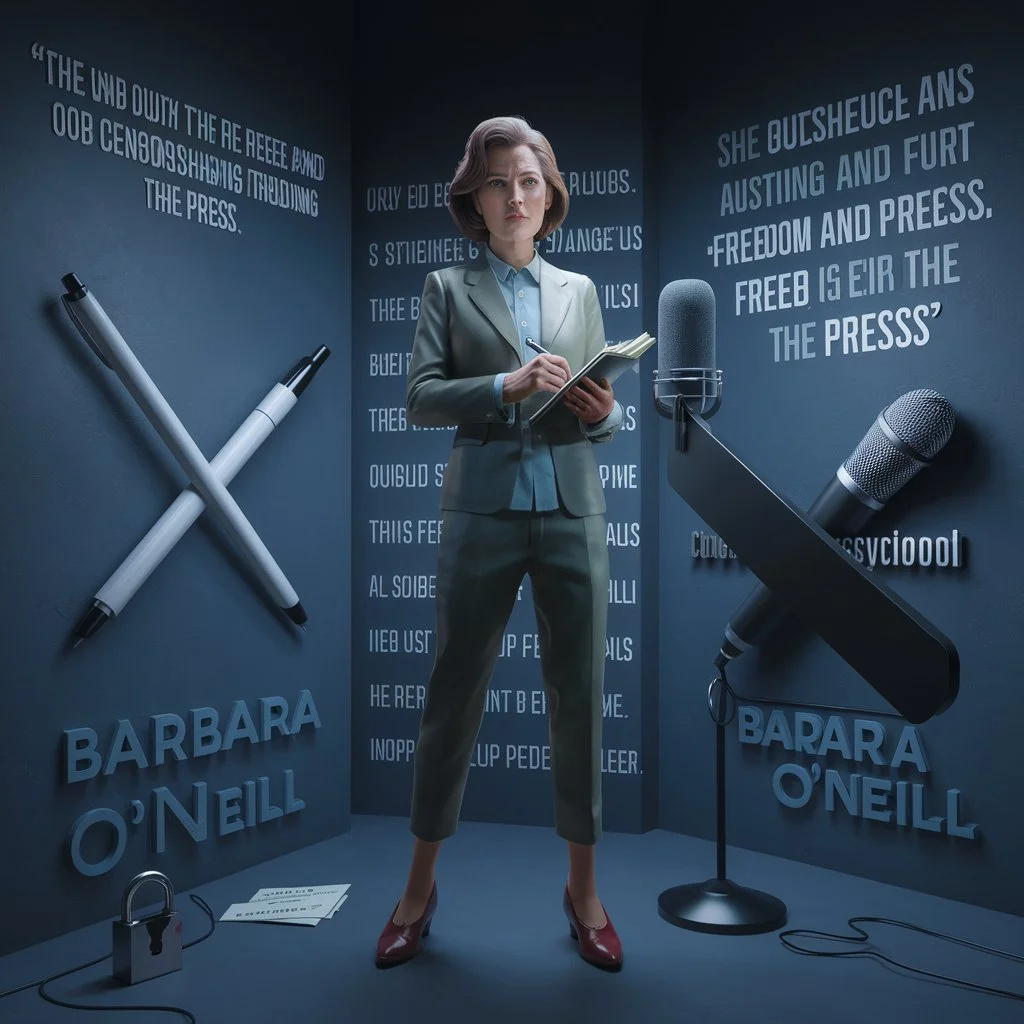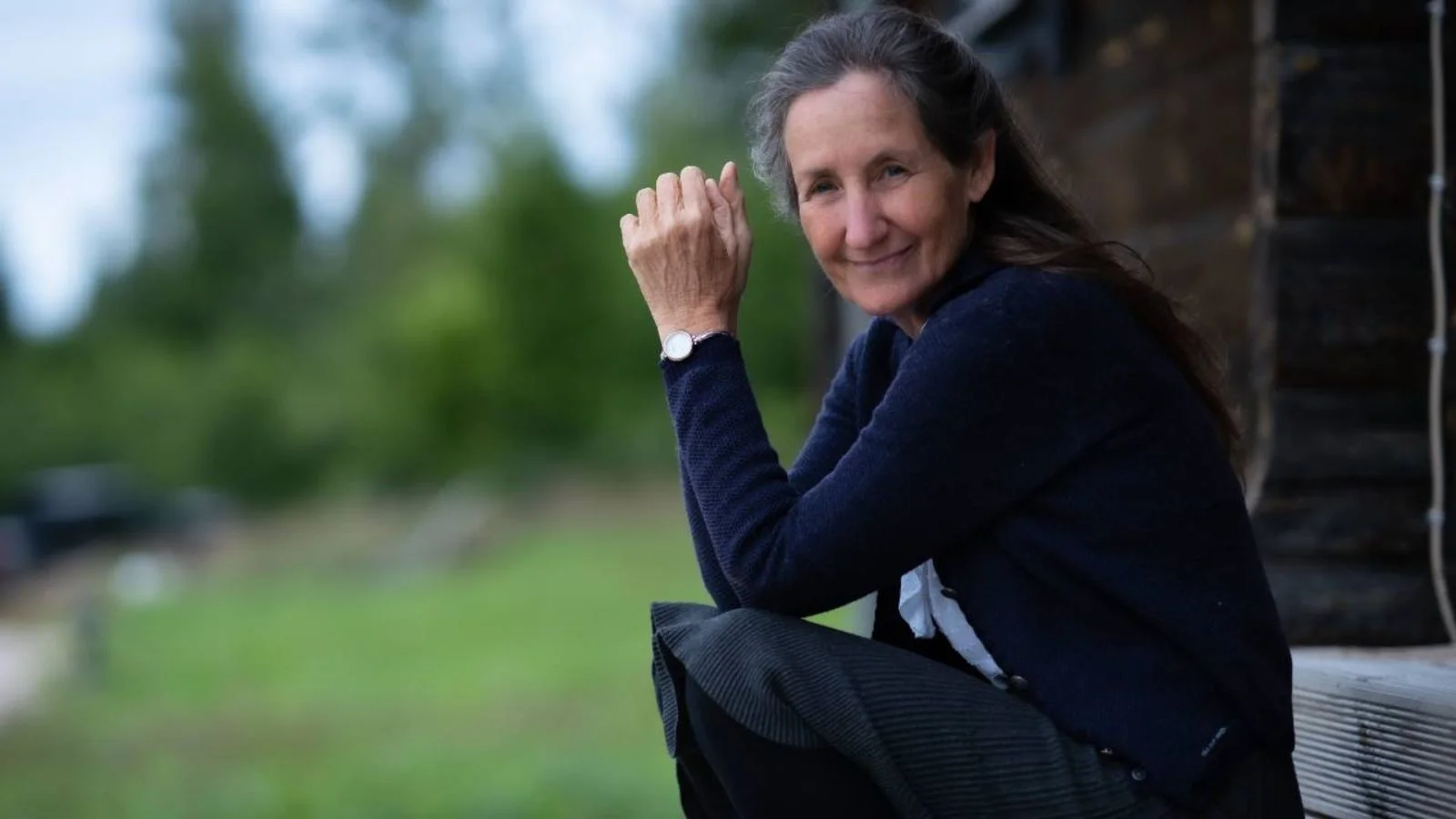Barbara O’Neill, an Australian health educator and author, became a polarizing figure due to her controversial health advice and public statements. Her case, involving legal challenges and accusations, has sparked a wider debate about free speech and censorship in Australia.
This article delves into the details of Barbara O’Neill’s case, explores the implications of the accusations and her defense, and examines the impact of censorship on public discourse.
Background on Barbara O’Neill
Professional Background
Barbara O’Neill, a registered nurse and author, is known for her work in the field of natural health. She has gained a following through her seminars, books, and online presence, where she advocates for alternative health practices. Her approach combines traditional nursing with alternative medicine, which has resonated with many but also raised eyebrows within the mainstream medical community.
Public Controversies
O’Neill’s public statements and health advice have led to significant controversy. She has been criticized for promoting alternative treatments that some experts consider unproven or potentially harmful. For example, her views on vaccination and cancer treatments have been particularly contentious. These controversies have culminated in legal actions and public debates about the boundaries of health advice and free speech.
The Case Against Barbara O’Neill
Accusations and Allegations

Barbara O’Neill faced several accusations, primarily centered around her promotion of unverified health treatments and controversial opinions. Key points of contention include:
- Vaccination Stance: O’Neill has expressed skepticism about vaccines, suggesting they may not be as effective or safe as commonly believed. This stance has been particularly controversial given the public health importance of vaccinations.
- Cancer Treatments: Her promotion of alternative cancer treatments, such as specific diets or natural remedies, has been criticized for potentially misleading individuals seeking conventional medical care.
Legal Proceedings
The legal actions against O’Neill have included both civil and regulatory challenges. Key aspects of these proceedings are:
- Regulatory Scrutiny: Health regulators have scrutinized O’Neill’s claims and practices. They have investigated whether her advice complies with health regulations and standards.
- Court Cases: There have been legal cases where O’Neill was accused of misleading advertising or providing medical advice without proper qualifications. These cases have examined whether her statements constituted fraud or negligence.
Implications and Defense
Legal and Professional Repercussions
The legal and professional repercussions for Barbara O’Neill have been significant:
- Professional Licensing: O’Neill’s professional credentials have been challenged, with some questioning her ability to practice or provide health advice legally.
- Career Impact: The controversies have affected her public reputation and career. Seminars and publications have faced backlash, and her credibility as a health educator has been questioned.
O’Neill’s Defense
Barbara O’Neill has defended herself against the accusations by:
- Challenging Evidence: She argues that the evidence against her is either misinterpreted or lacks scientific backing. O’Neill maintains that her advice is based on alternative research and personal experience.
- Freedom of Speech: Her defense also hinges on arguments related to free speech and the right to express alternative health views, even if they diverge from mainstream opinions.
Expert Opinions
Experts in law and medicine have weighed in on O’Neill’s case:
- Legal Experts: Some legal experts argue that the case raises important questions about the boundaries of free speech versus consumer protection. They debate whether O’Neill’s advice crosses into misleading or harmful territory.
- Medical Experts: Medical professionals often criticize O’Neill’s recommendations as lacking scientific validation. They stress the importance of evidence-based medicine and the potential risks of unproven treatments.
The Impact of Censorship
Censorship Actions

The case against Barbara O’Neill has involved several forms of censorship:
- Media Restrictions: Some media outlets have been restricted from reporting on O’Neill’s case due to legal constraints or pressure from regulatory bodies.
- Social Media: O’Neill’s online platforms have faced scrutiny, with some of her content being removed or flagged by social media companies for violating community standards.
Effects on Public Discourse
The censorship and legal actions have had several effects on public discourse:
- Limited Information: Censorship has limited the availability of information about O’Neill’s case, making it harder for the public to form informed opinions.
- Polarization: The case has intensified divisions between supporters of alternative medicine and proponents of mainstream health practices. This polarization reflects broader societal debates about health and free speech.
Broader Implications
The Barbara O’Neill case highlights broader issues related to censorship and free speech:
- Free Speech vs. Public Safety: The balance between protecting free speech and ensuring public safety is a central issue. The case prompts questions about where to draw the line between controversial opinions and potentially harmful advice.
- Regulation of Health Advice: The case underscores the need for clear guidelines on what constitutes acceptable health advice and how to regulate it effectively.
Conclusion
The Barbara O’Neill controversy provides a complex case study of the intersection between health advice, legal regulation, and free speech. While O’Neill’s defense emphasizes her right to offer alternative viewpoints, the legal and professional challenges she faces reflect broader concerns about public health and misinformation.
The impact of censorship on the case illustrates the delicate balance between safeguarding public safety and preserving open discourse.
References and Further Reading
- Health Regulation in Australia
- Free Speech and Censorship
- Barbara O’Neill’s Public Statements
- Legal Aspects of Health Advice

John Williams is a versatile blogger with a passion for capturing the pulse of contemporary culture. With years of experience under his belt, he expertly covers a wide range of topics, from the latest in entertainment to breaking news stories. His engaging writing style keeps readers informed and entertained.
